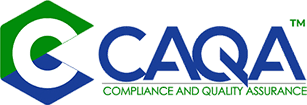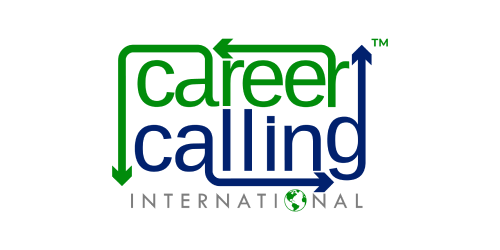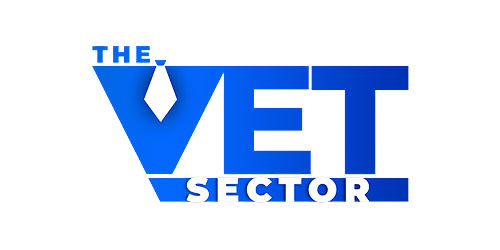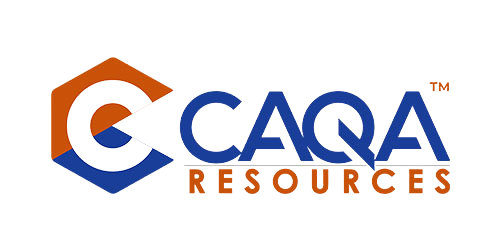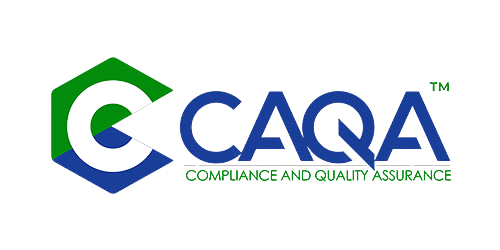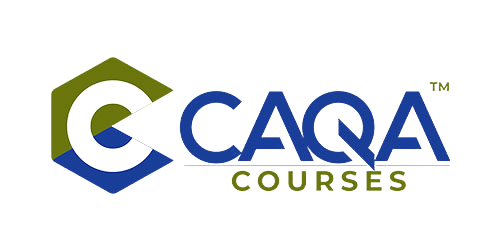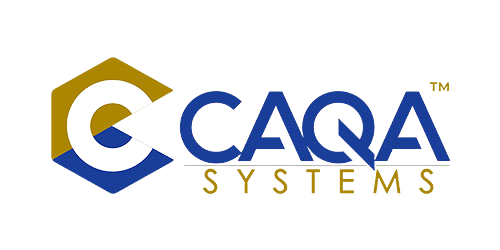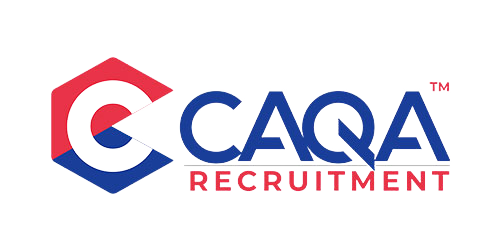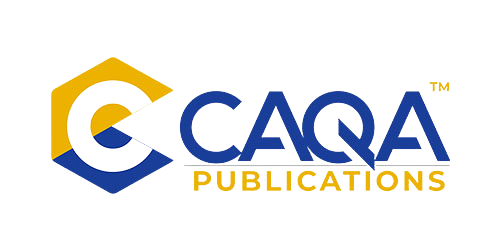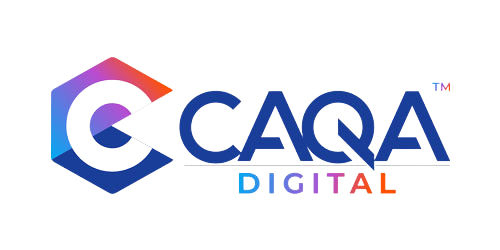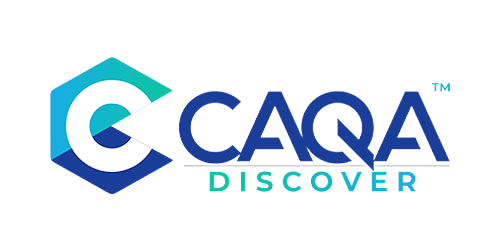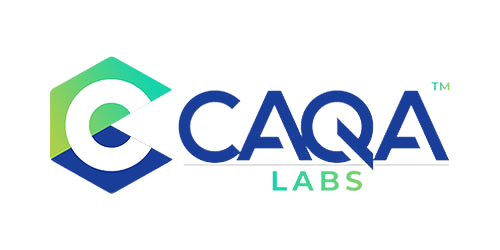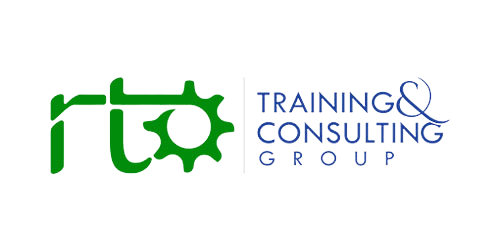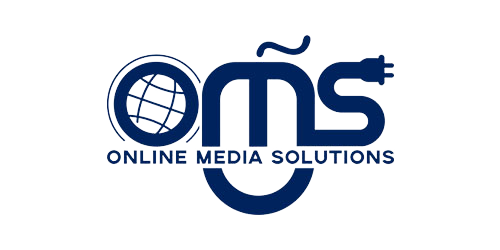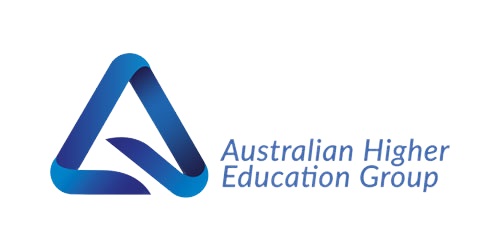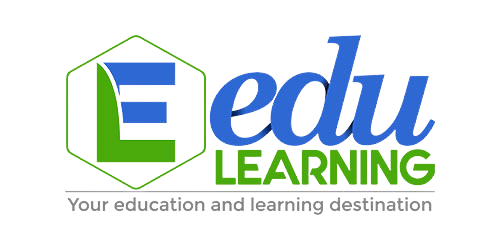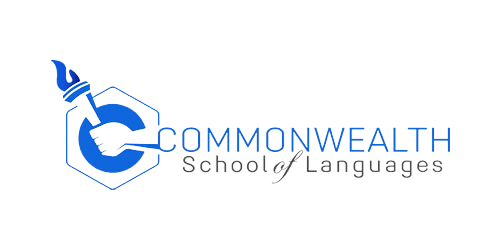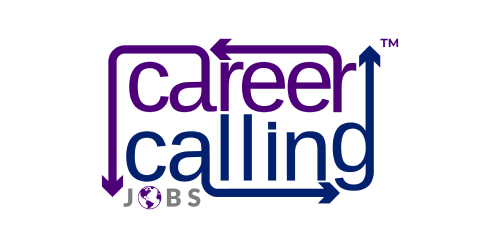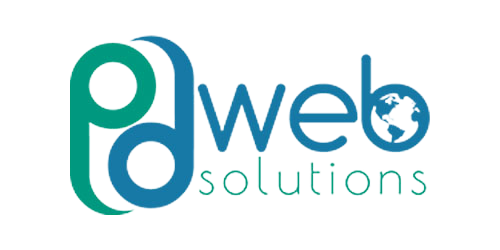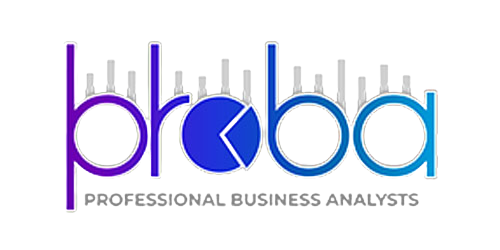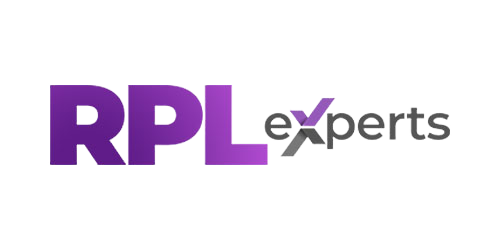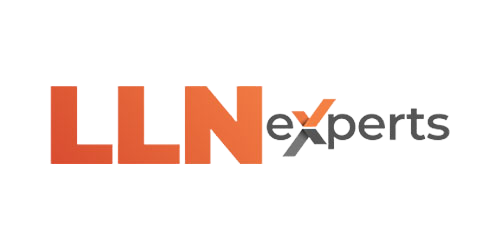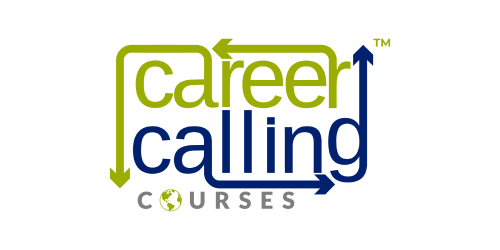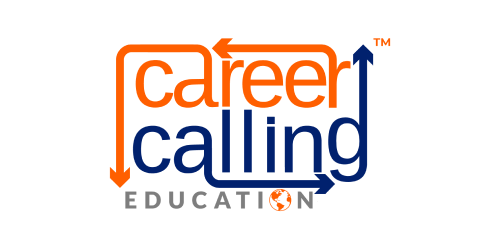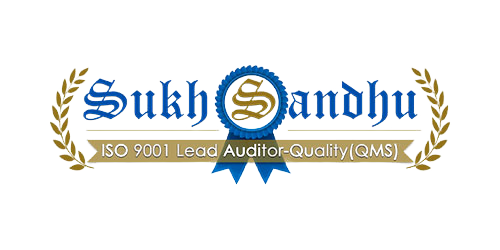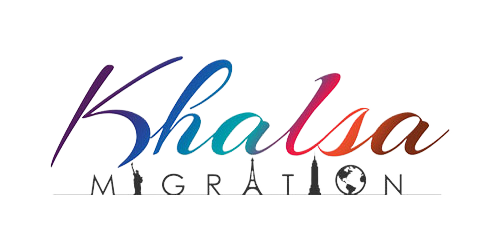The economic concepts of Return on Investment (ROI), Return on Equity (ROE), and Return on Assets (ROA) are typically applied to the business and finance sectors. Still, they can also offer valuable insights in the context of education and training providers. These metrics provide a way to evaluate the efficiency of an organisation's operations and the effectiveness of its resource utilization, highlighting areas for improvement and growth.
Return on Investment (ROI)
ROI is a key performance indicator used to measure the probability or success of an investment. In an educational setting, ROI can be interpreted as the ratio of the benefit or value received by students (or their future employers) to the cost of providing the education.
For instance, consider a vocational training center investing in a new, advanced lab for their students. The ROI could be measured in terms of increased student enrolments, improved student outcomes, enhanced reputation, or increased partnerships with industry due to the new lab.
It's crucial to note that the 'return' in education may not always be monetary. Enhanced skills, increased knowledge, job satisfaction, and personal growth are significant returns on educational investments that may not directly translate into a dollar value but contribute enormously to a learner's life and career trajectory.
Return on Equity (ROE)
ROE is a financial metric that is commonly used to measure a corporation's profitability by revealing how much profit a company generates with the money shareholders have invested. In the context of education and training providers, ROE could be a measure of how well a school, college, or training center uses reinvested earnings to generate additional earnings.
For a non-profit educational institution, this could be viewed as the 'educational profit' (i.e., student achievements, successful research initiatives, community projects) achieved through funds that have been reinvested into the institution from sources such as donations, government grants, or internal revenue generation.
Return on Assets (ROA)
ROA gives an idea as to how efficient management is at using its assets to generate earnings. In an educational context, assets can be physical (like buildings, laboratories, libraries) or intangible (like reputation, teaching quality, curriculum).
A training provider with a high ROA would be one that effectively uses its assets (e.g., its curriculum, faculty, and facilities) to deliver high-quality education and excellent student outcomes. This could translate to higher enrolment numbers, more successful graduates, or a stronger reputation.
While these metrics are traditionally used in the business world, their application in the education and training sector is growing as these providers are increasingly being called upon to demonstrate the value they deliver to students, employers, and society as a whole. A comprehensive understanding of ROI, ROE, and ROA can equip education and training providers to better evaluate their performance, make data-driven decisions, and enhance the value they offer.
